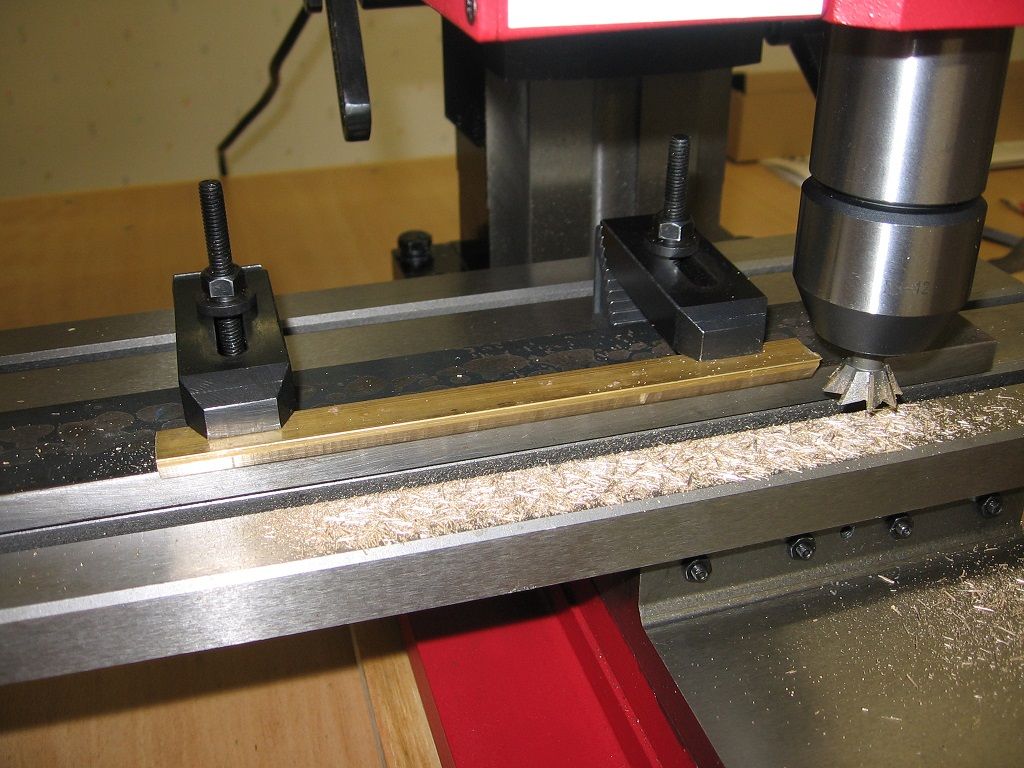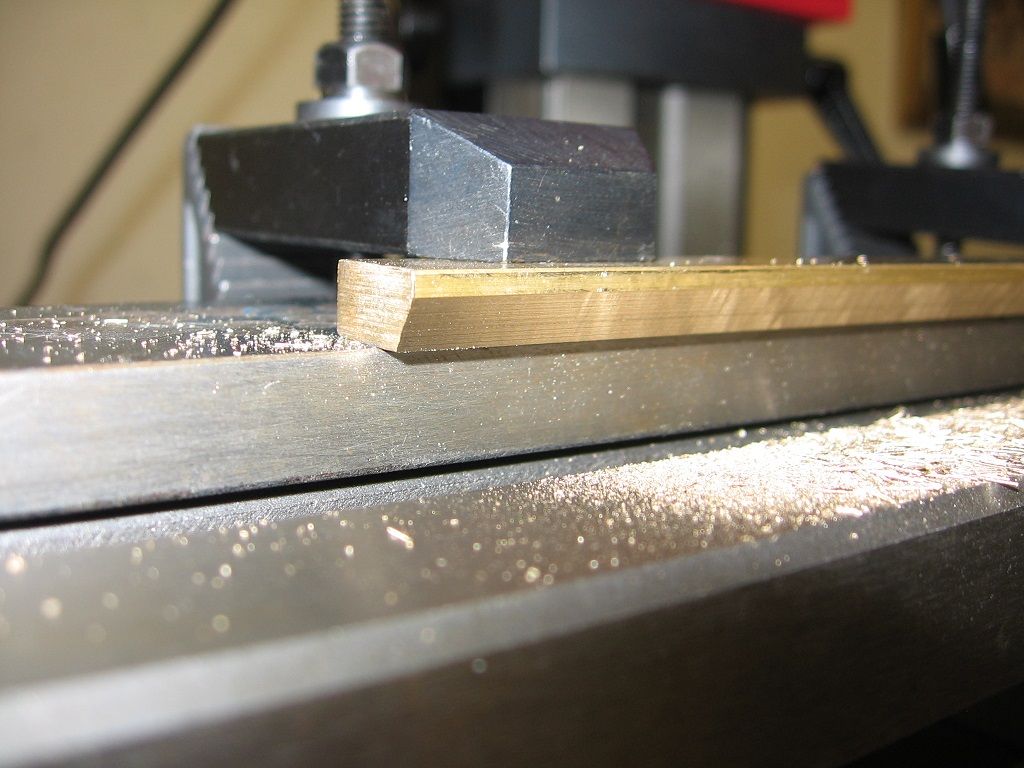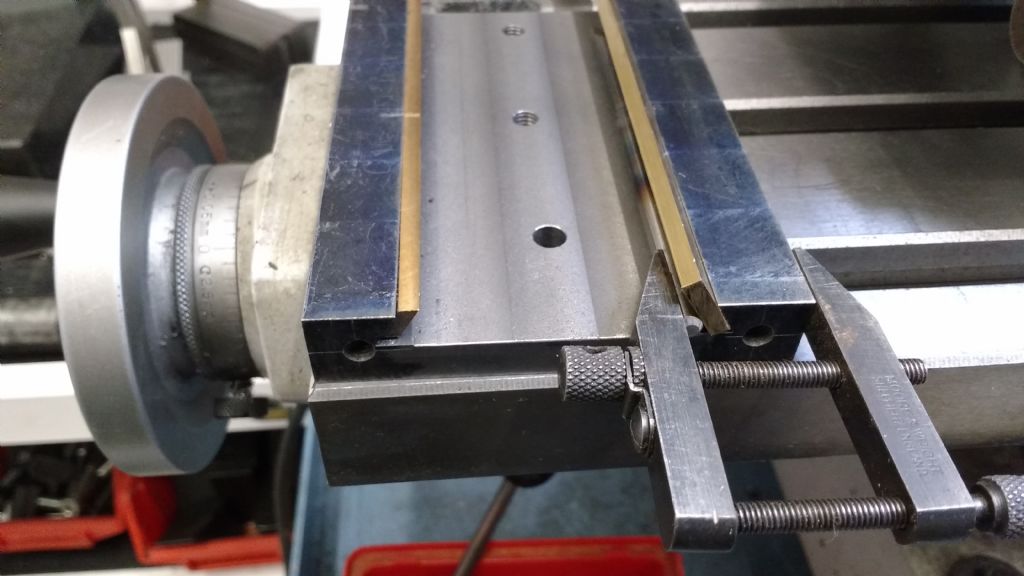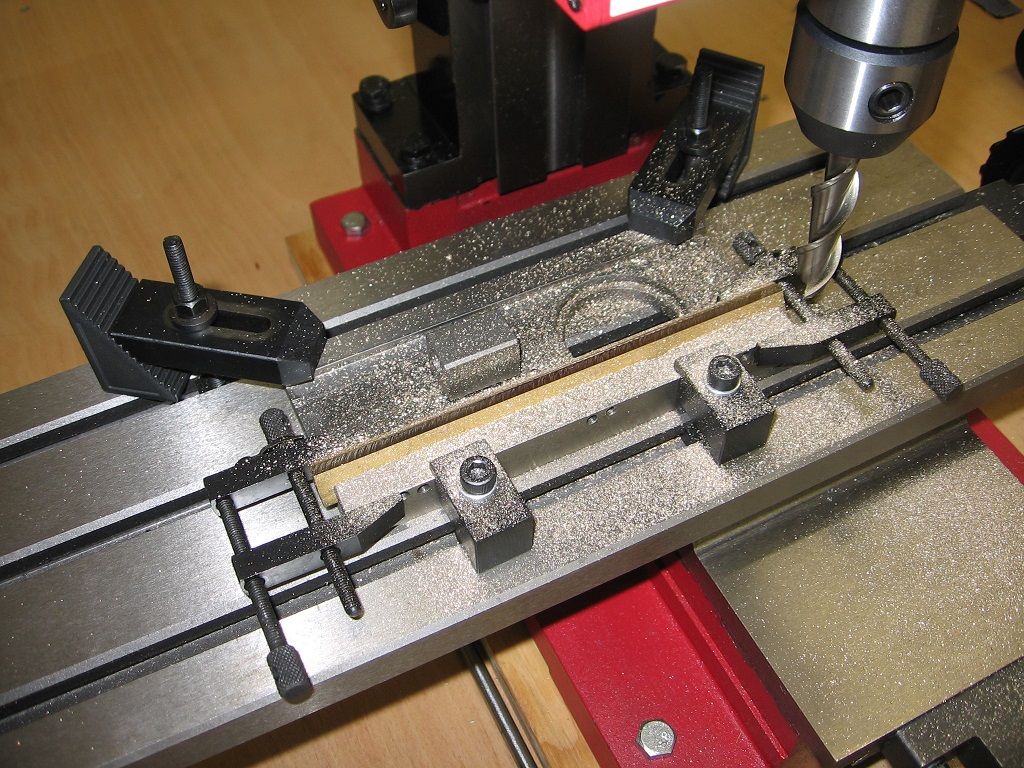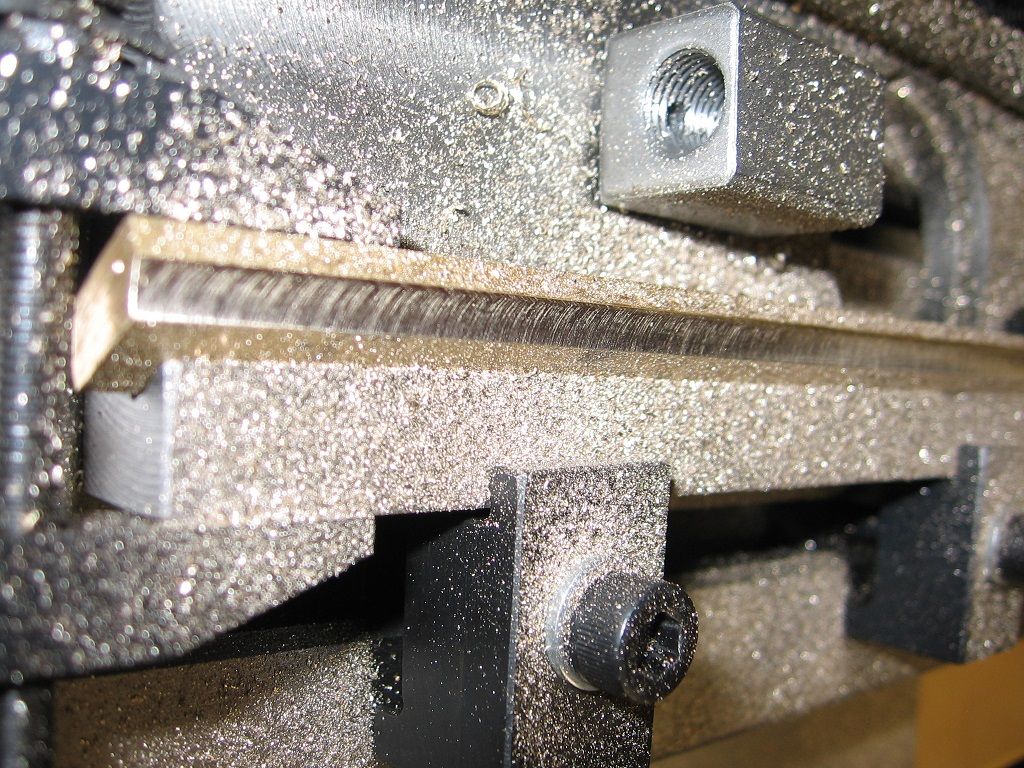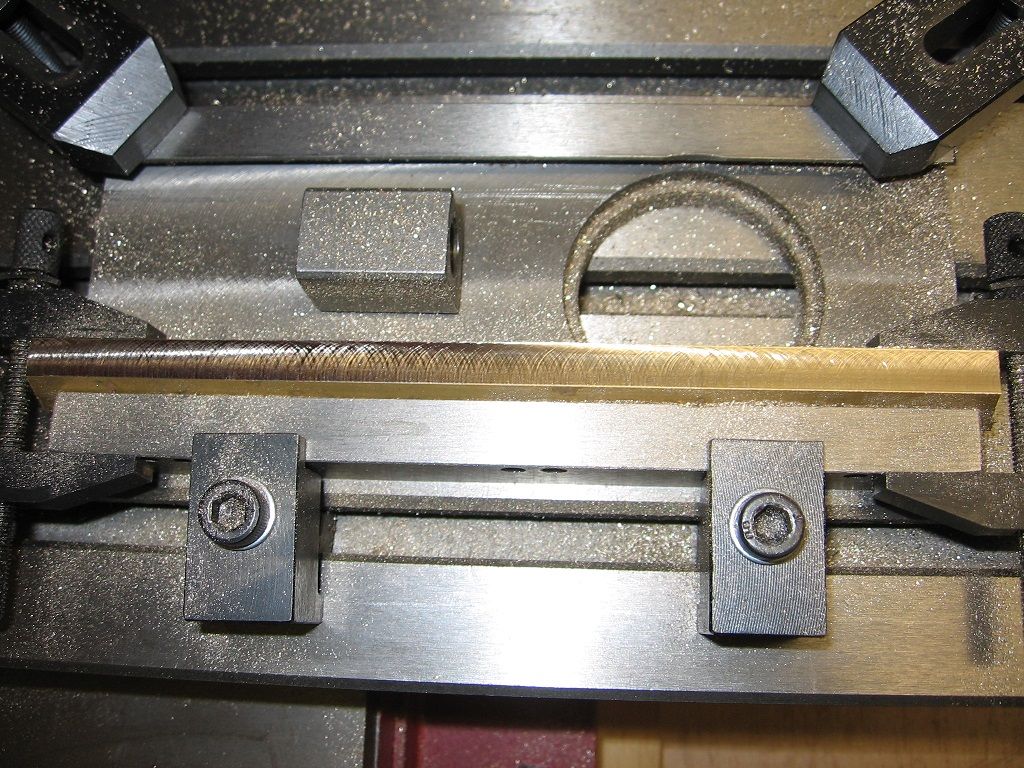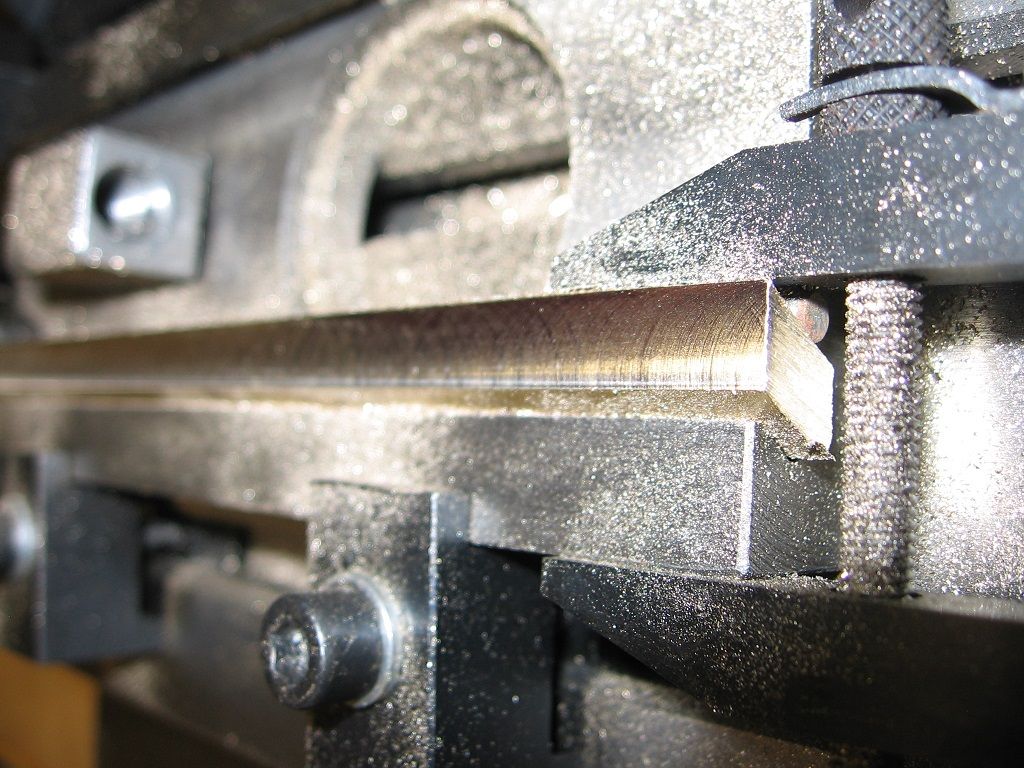Dovetail cutter on brass
Dovetail cutter on brass
- This topic has 39 replies, 14 voices, and was last updated 12 February 2018 at 21:48 by
Martin Shaw 1.
- Please log in to reply to this topic. Registering is free and easy using the links on the menu at the top of this page.
Latest Replies
Viewing 25 topics - 1 through 25 (of 25 total)
-
- Topic
- Voices
- Last Post
Viewing 25 topics - 1 through 25 (of 25 total)
Latest Issue
Newsletter Sign-up
Latest Replies
- Round Bar Bender
- Yet another scam
- Foru-Way Toolpost Question
- Colchester Master Mk1 lifting + moving advice
- My vise isn’t at 90 degrees
- How to sharpen expanding reamer blades & how to adjust them?
- Instrument/DTI repair
- Got some gear and some idea!
- 7MM Diameter Drills
- Model Engine running just off a naked flame


